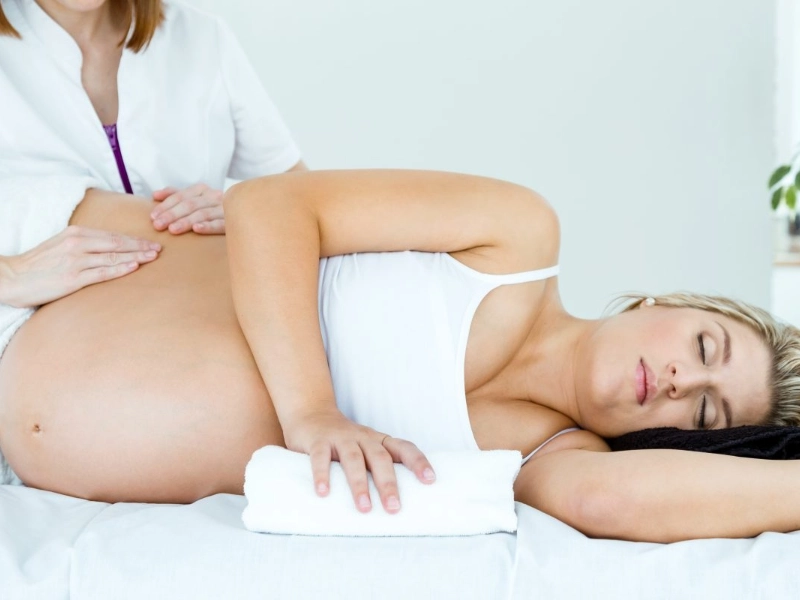9. Complementary Practices for Foot Health During Pregnancy

While foot massages are highly beneficial, incorporating complementary practices can further enhance foot comfort and health during pregnancy. Proper foot care and hygiene are essential; this begins with regular washing and thorough drying, especially between the toes, to prevent fungal infections. Daily moisturizing helps combat dryness and cracking, which are common during pregnancy due to hormonal changes. Choosing appropriate footwear is vital—look for comfortable, supportive shoes with low heels and good arch support. Since feet tend to swell during pregnancy, it’s best to shop for shoes later in the day when swelling is at its peak. Gentle foot exercises, such as ankle rotations, toe curls, and foot flexes, can improve circulation and ease discomfort. Elevating the feet whenever possible, especially in the later stages of pregnancy, can help reduce swelling. A cool foot soak can also be soothing and effective for reducing swelling, but ensure the water is not too cold and limit soaking time to 10-15 minutes. Staying hydrated and following a low-sodium diet can further help manage foot edema. For severe swelling or discomfort, a healthcare provider may recommend compression stockings. Regular physical activities like swimming, walking, or prenatal yoga can improve overall circulation, promoting better foot health. Additionally, it’s important to monitor any changes in foot size or shape, as some women experience permanent changes in foot anatomy during pregnancy. Combining these practices with regular foot massages can help expectant mothers maintain optimal foot health and comfort throughout their pregnancy.
Advertisement

